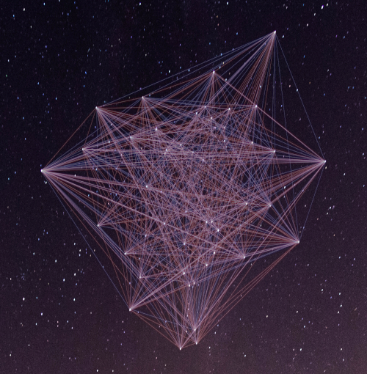Integrating new memories into the hippocampal network activity space.
When the brain forms new memories, what happens to the other, older memories? Here, we report that in a part of the brain called the hippocampus, the flexible reorganisation of nerve cell activity representing existing memories allows for embedding of new memories.
By investigating the topology of neuronal co-activity, we found that mnemonic information spans multiple operational axes in the mouse hippocampus network. High-activity principal cells form the core of each memory along a first axis, segregating spatial contexts and novelty. Low-activity cells join co-activity motifs across behavioral events and enable their crosstalk along two other axes. This reveals an organizational principle for continuous integration and interaction of hippocampal memories.

2021. Nat Neurosci, 24(3):326-330.
2024. Neuron, 112(22):3768-3781.e8.
2024. Science, 385(6713):1120-1127.